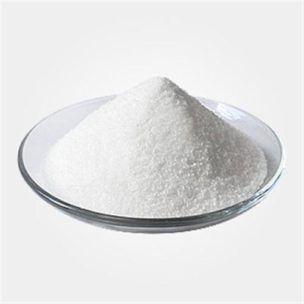
Introduction:
Yisheng Petrochemical’s 300,000-ton/year iso-phthalic acid plant put into production in 2020, which should be a major event in the iso-benzene industry in recent years. Whole domestic supply pattern produced earth-shaking change, but between the benzene market it did not reflect too big waves.
First look at the import and export, as of November 2020, China’s supply and import of m-phthalic acid 325,600 tons, compared with the total of 320,200 tons in the same period last year, but an increase of 5,335 tons. On the export side, 1,722 tons were exported in the first 11 months of 2020, down 824 tons from 2,546 tons in the first 11 months of 2019. This increase and decrease resulted in an increase in domestic supply of 6159 tons!
From the perspective of producing and selling countries and regions, the largest number of imports is still the source of goods from Taiwan, which imported 149,000 tons in the first 11 months of 2020, an increase of 14,000 tons over the same period in 2019. South Korea followed with 145,000 tons, up 19,000 tons from 126,000 tons in the same period last year. This statement is obviously inconsistent with the tight arrival of goods from Taiwan and South Korea in the fourth quarter. It also confirms that even if the spot circulation is tight due to the shipping delay, the import supply is not reduced in essence. The third and fourth largest imports were still Japan and Spain, although these two countries showed significant declines in imports, down 14, 000 and 12, 000 tons respectively.
Look at domestic supply. In previous years, Yanshan Petrochemical’s 50,000 tons/year plant output of m-phthalic acid is far from enough to maintain domestic downstream use. In the whole year of 2020, Yanshan Petrochemical will remove the unexpected fault stop, with an annual output of 49,500 tons, which is lower than the 52,200 tons last year, but only 0.27 tons. However, Yisheng Petrochemical has been put into production since the end of July. Although it has experienced various debugging or unexpected shutdown or maintenance, the annual output can reach about 87,000 tons in theory.
Although the data of import and export is only 11 months, it is not difficult to predict that the total supply will increase greatly this year, which means that the domestic consumption level will increase. The production of the largest downstream bottle flakes can also be reflected, with the production of polyester bottle flakes reaching 8.72 million tons in 2019 and 9.42 million tons in 2020, an increase of 700,000 tons. But after all, m-phthalic acid only accounts for 1-2% of the use of polyester bottle flakes, so the increase in bottle flakes is around 10,000 tons. Overall, the demand for m-phthalic acid in polyester bottle flakes is about 140,000 tons this year. Polyester resin, low melting point cotton and alkyd resin downstream, the first half of the global public health events affected the demand, but in the second half of the demand released, compared to 2019 can still maintain a certain increase.
But even with an increase in demand, it is unlikely that 90,000 tonnes or so will be added downstream. But this is biased without taking into account ending inventory. A rise in both demand and inventories may explain where the goods have gone. The emergence of Yisheng, there is no smoke, but it is quietly entered the market, and after less than half a year, the recognition of the market continues to improve, 2021 will gradually become the mainstay of the supply side.
In 2021, Ningbo Taihua’s new equipment is also planned to be put into production in the first half of the year. The new supply pattern has not been stable, and there will still be new changes. The increase of domestic production has also constantly generated new demand, which is both an opportunity and a challenge for m-phthalic acid. The supply and demand side continues to compete in the state of searching for balance.